The violinist speaks to The Strad about a musical journey that he hopes inspires listeners to ponder the past, present and future
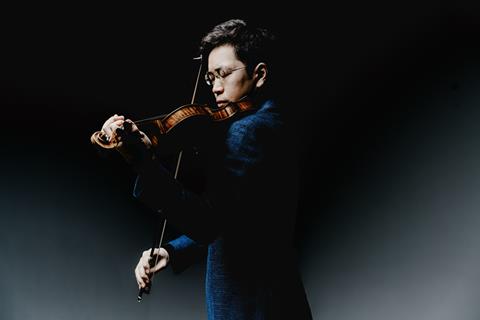
Discover more Featured Stories like this in The Strad Playing Hub
Due for release on 3 January, violinist Paul Huang and pianist Helen Huang present Mirrors, their latest album comprising two heavy-hitting wartime violin sonatas by Poulenc and Prokofiev, which bookend Arvo Pärt’s contemplative Spiegel im Spiegel. Paul speaks to The Strad about the motivation and intention behind the album.
What’s the reasoning behind your choice of repertoire for this album?
The album is centred around three works: two violin sonatas by Poulenc and Prokofiev that were written during war time, with Estonian composer Arvo Pärt’s 1978 work Spiegel im Spiegel in between. The music is almost like a mirror image of the time we are living in now, hence the title Mirrors. By sending this music out into the world, I hope that this album creates a thought-provoking experience for listeners. I think that’s the most non-judgmental and direct way of connecting with audiences.
It’s a very visceral disc. Poulenc and Prokofiev wrote their sonatas during the Second World War, and while neither of them wrote any programmatic music, there are so many moments in the works where you can actually relate to the composers about what they personally wrote in letters to friends or other people.
Spiegel im Spiegel by Arvo Pärt is included as a way for us to reflect on the past, ponder about our present and perhaps also think about our future. So this piece has three layers of musical thinking. As a mirror, it makes perfect sense placing the two war-time sonatas on either side of Spiegel im Spiegel, putting Pärt’s music in the middle.
Key-wise, this is very intentional. Poulenc is in D minor, Pärt is in F major, and Prokofiev is in F minor. The key structure has this incredible arc and cohesiveness, where you can really listen to the album as a whole. I would encourage listeners to listen from the beginning to the end, not just to excerpts or certain tracks, to get a sense of the whole concept.
Can you tell us about some significant moments in the album?
Poulenc’s sonata was dedicated posthumously to Federico García Lorca, the Spanish poet who was shot by the fascists during the Spanish Civil War. Poulenc wanted to portray the violin as a guitar because it was one of Lorca’s favourite instruments, and even quoted Lorca’s poetry: ‘the sound of guitar makes dreams weep,’ which is the one of the titles of the slow movement. The guitar has qualities that suggests the senses of loss, mourning and loneliness. Each movement in this sonata starts with a big pizzicato, which represents the bullets that shot Lorca. The dualities of major and minor keys are so apparent from the beginning to the end – this quick switch of moods of whether this is positive or negative really captures the sense of eccentricities and uncertainties of the time Poulenc was living through, in occupied France.
One of the most important moments in our recording has got to be the end of the Arvo Pärt – these F major ostinatos keep going and going and then it ends with a completely transcendental F major chord. Then the beginning of the Prokofiev starts ominously with the lowest F on the piano, at a ‘dead man walking’ pace. It’s very thought-provoking and probably one of the biggest transitional moments in our recording.
Prokofiev took almost ten years to write his first sonata. He started it before the war began in 1938 and finished it after the war ended in 1946, so the sonata encompasses his war experience. One of the most important quotes from Prokofiev occurs in the first movement and comes back later in the last movement – the violin just plays scales up and down on the fingerboard, as quietly as possible with the mute on, while the pianist is playing church-like chords very slowly, like a person’s walking pace. It’s like he is describing wind passing through a graveyard. I don’t think there is a more visceral image to portray what this piece is about.
The work has a lot of tension – when it was being rehearsed ahead of its premiere with David Oistrakh on the violin and the composer on the piano, Prokofiev expressly wanted the piano to be as loud as possible to drown out the violinist, as if the pianist had gone mad. He wanted the slow movement to be played at his funeral, as it was so personal to him. Prokofiev’s death was somewhat overshadowed by the death of Stalin on the same day, and very few people attended his funeral. However, David Oistrakh did attend and played the slow movement from this sonata.
So while this album is quite heavy, at the same time it’s transcendental. The choice of repertoire represents the past, present and going into the future that has no end, illustrated by the Pärtition of Spiegel im Spiegel in the middle.

For you, what is the significance of this music during somewhat uncertain times?
Composers write music to reflect the times in which they live. Poulenc and Prokofiev lived through tumultuous times, which you hear in their compositions like unspoken words, and hopefully their lived experiences resonate with the listeners of today. For me it’s a very meditative way of understanding the past through music, in the same way that people read novels or history books. While we may not always learn from history, music has this power of documenting time.
Paul Huang’s album Mirrors is out 3 January 2025 on Naïve.
Listen: The Strad Podcast: How to hold a masterclass with violinist Paul Huang
Read: Kristin Lee: ‘Violin gave me an identity that wasn’t established through the colour of my skin’
Discover more Featured Stories like this in The Strad Playing Hub
The number one source for playing and teaching books, guides, CDs, calendars and back issues of the magazine.
In The Best of Technique you’ll discover the top playing tips of the world’s leading string players and teachers. It’s packed full of exercises for students, plus examples from the standard repertoire to show you how to integrate the technique into your playing.
The Strad’s Masterclass series brings together the finest string players with some of the greatest string works ever written. Always one of our most popular sections, Masterclass has been an invaluable aid to aspiring soloists, chamber musicians and string teachers since the 1990s.
The Canada Council of the Arts’ Musical Instrument Bank is 40 years old in 2025. This year’s calendar celebrates some its treasures, including four instruments by Antonio Stradivari and priceless works by Montagnana, Gagliano, Pressenda and David Tecchler.

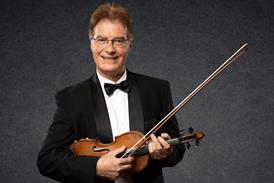
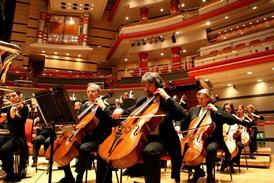
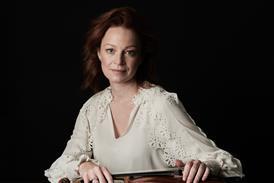
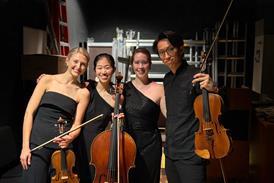

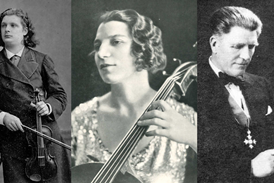



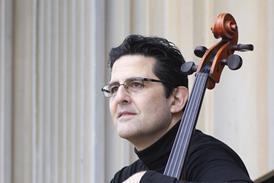


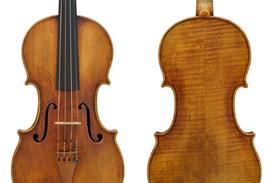
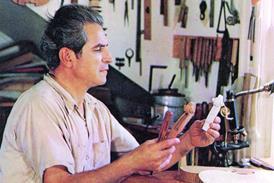



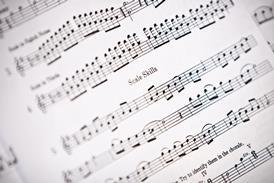
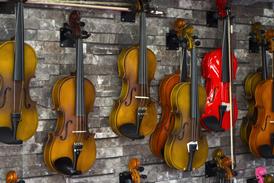

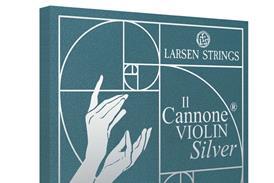

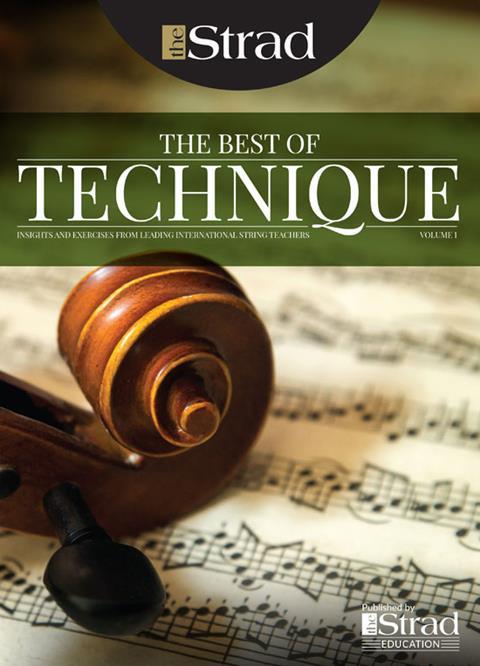
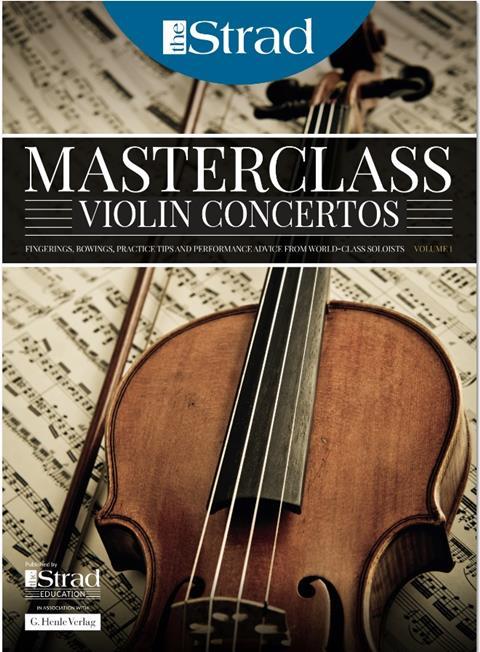
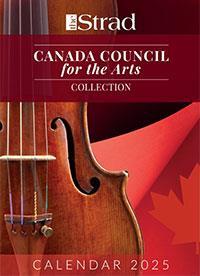


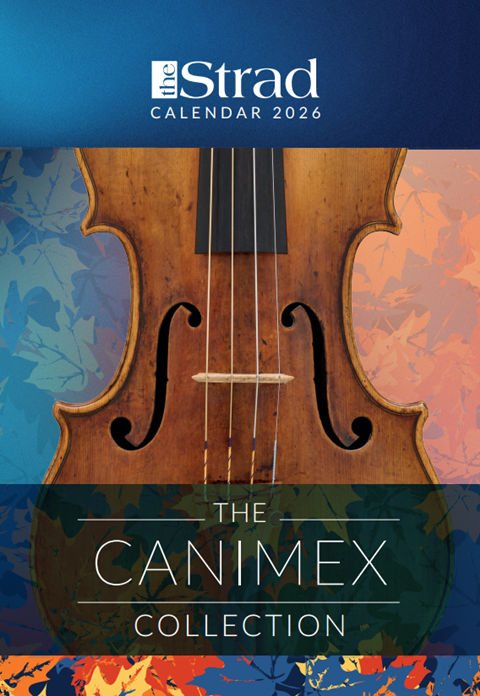
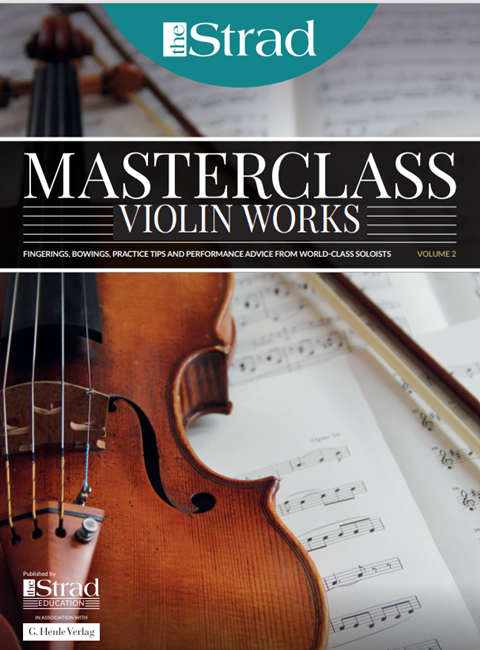
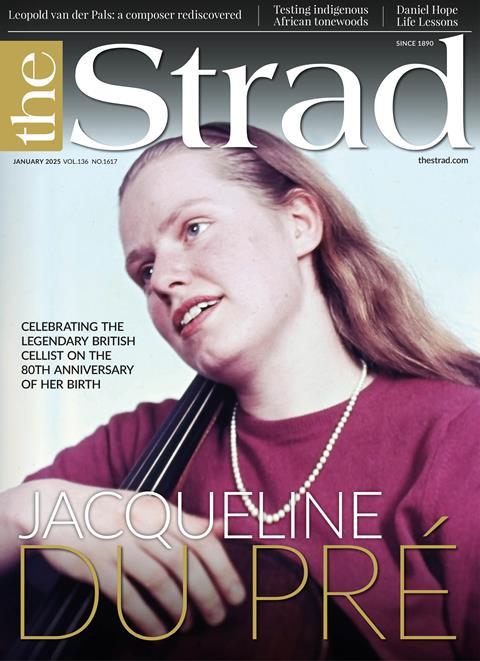
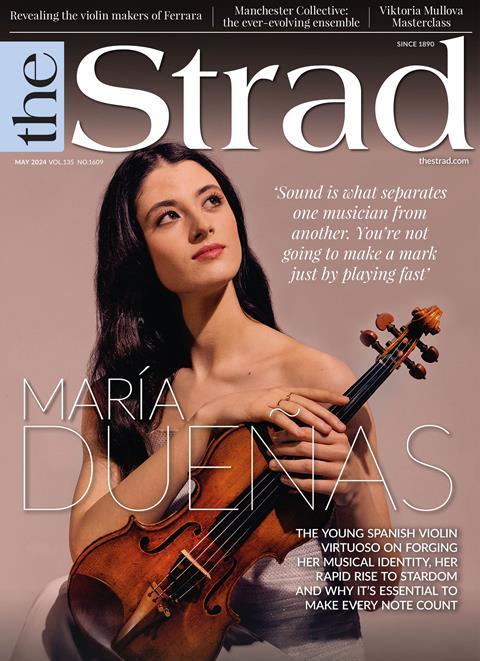
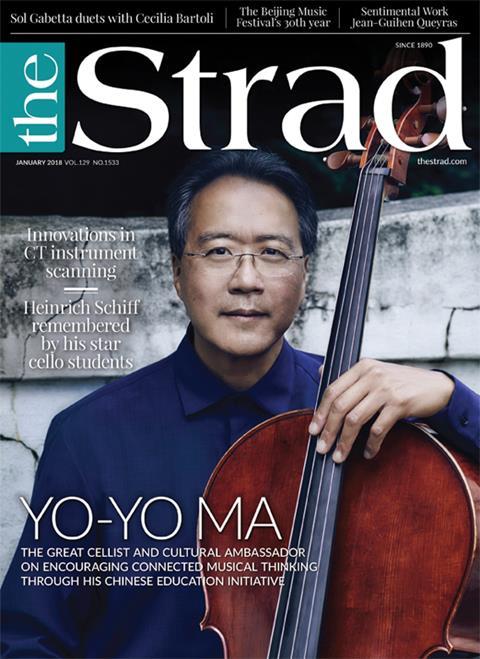












No comments yet